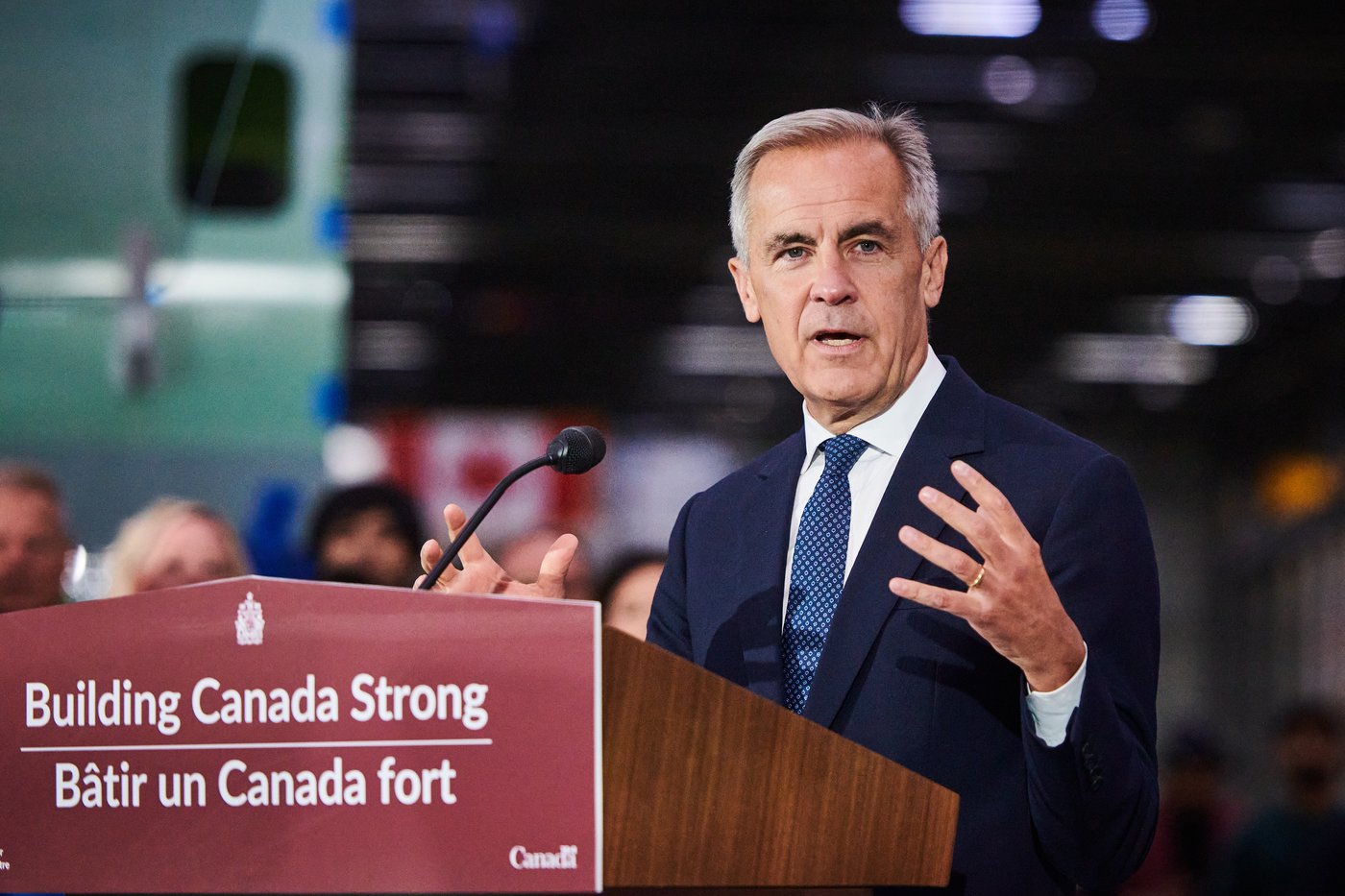Post-secondary schools are cutting programs across Ontario. Should it be a bigger election issue?

Loyalist College President Mark Kirkpatrick is sounding the alarm as budget constraints have forced the college to make some tough decisions. With 24 programs, or 30% of all programs offered, being cut, the impact is significant. Kirkpatrick explains that like many colleges in Ontario, Loyalist relied on international student tuition to subsidize domestic program delivery. However, changes in federal policy limiting international student enrolment have led to major program cuts across the province.
Despite the gravity of the situation, Kirkpatrick feels that the issue hasn’t received the attention it deserves in the ongoing Ontario election campaign. While local party candidates understand the significance, the provincial leaders seem to be overlooking the issue. Alex Usher, president of Higher Education Strategy Associates, shares this sentiment, expressing surprise at the lack of controversy surrounding college closures during the campaign.
Ontario’s post-secondary education system is facing a crisis, with colleges and universities struggling to cope with the loss of revenue from international students. The province provides the lowest level of funding per pupil in Canada, leading institutions to increase their intake of international students due to higher tuition rates. However, last September’s announcement of a 10% cut in international student visas has had a detrimental impact on post-secondary institutions.
The ripple effect of reduced international student enrolment is evident across the province, with schools like St. Lawrence College, Algonquin College, and York University announcing program suspensions. The situation has prompted rallies at colleges to protest the cuts. Louis Volante, an educational studies professor at Brock University, warns that Ontario’s funding model, coupled with caps on international and domestic student enrolment, has created a “perfect tsunami” for post-secondary institutions.
Despite the severity of the situation, the response from Ontario’s political parties has been lackluster. While some promises have been made in their platforms, including increasing per student funding and capping international student enrolment, there is a lack of concrete solutions to address the funding crisis in post-secondary education. The issue did come up briefly in the party leaders’ debate, with contrasting views on how to tackle the problem.
As voters focus on other pressing issues, Volante stresses the importance of being invested in the funding crisis in post-secondary education. He emphasizes the link between a strong education system and a robust economy, highlighting the role of colleges and universities in driving innovation and building a knowledge economy. Kirkpatrick echoes this sentiment, noting that Loyalist College plays a crucial role in developing a skilled workforce and attracting industry to the region.
In conclusion, the funding crisis in post-secondary education in Ontario is a pressing issue that requires immediate attention. The impact of program cuts extends beyond individual colleges to the entire region, emphasizing the need for sustainable solutions to support the province’s education system. Voters and policymakers alike must prioritize this issue to ensure the long-term success of Ontario’s post-secondary institutions.



